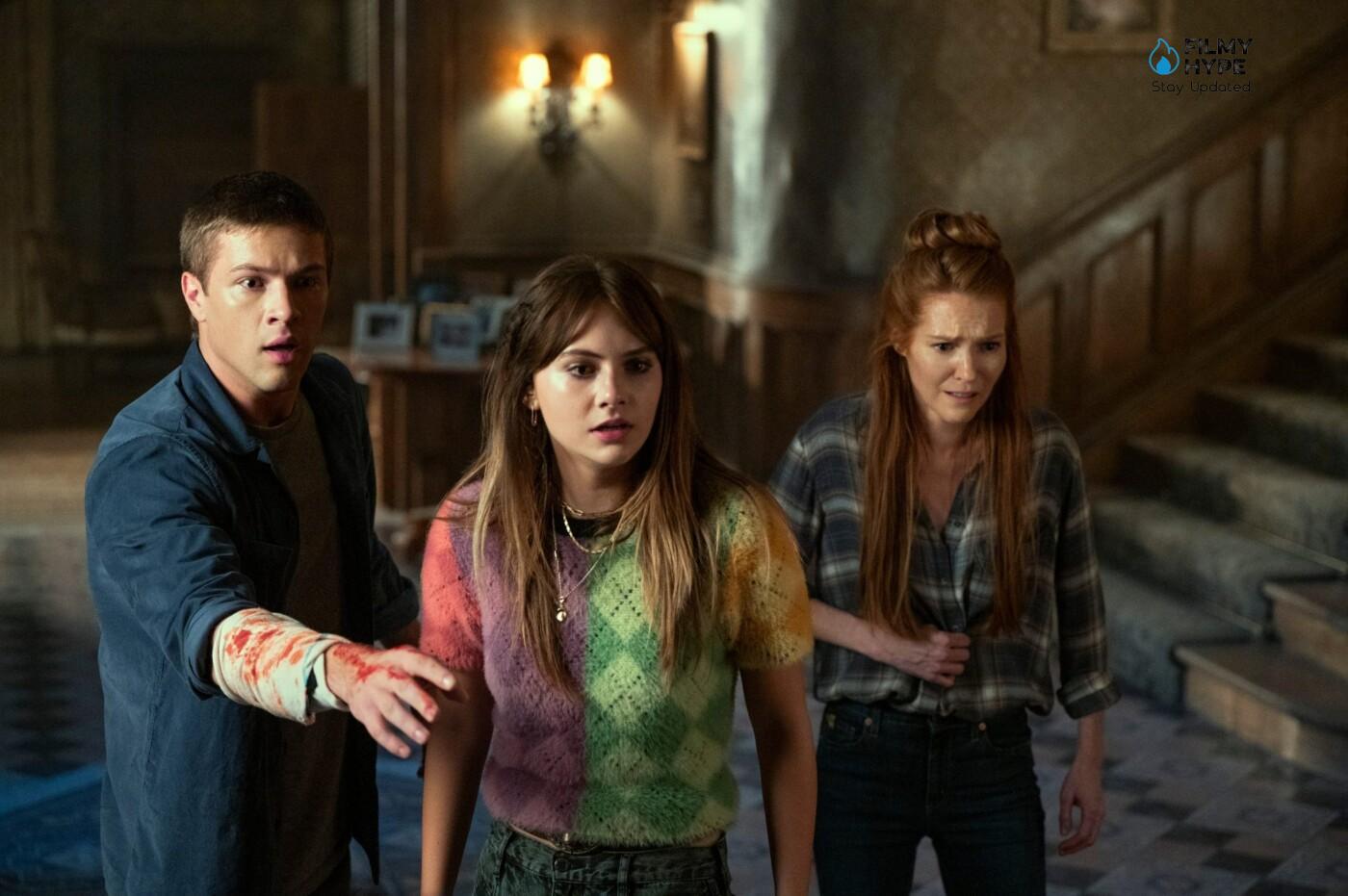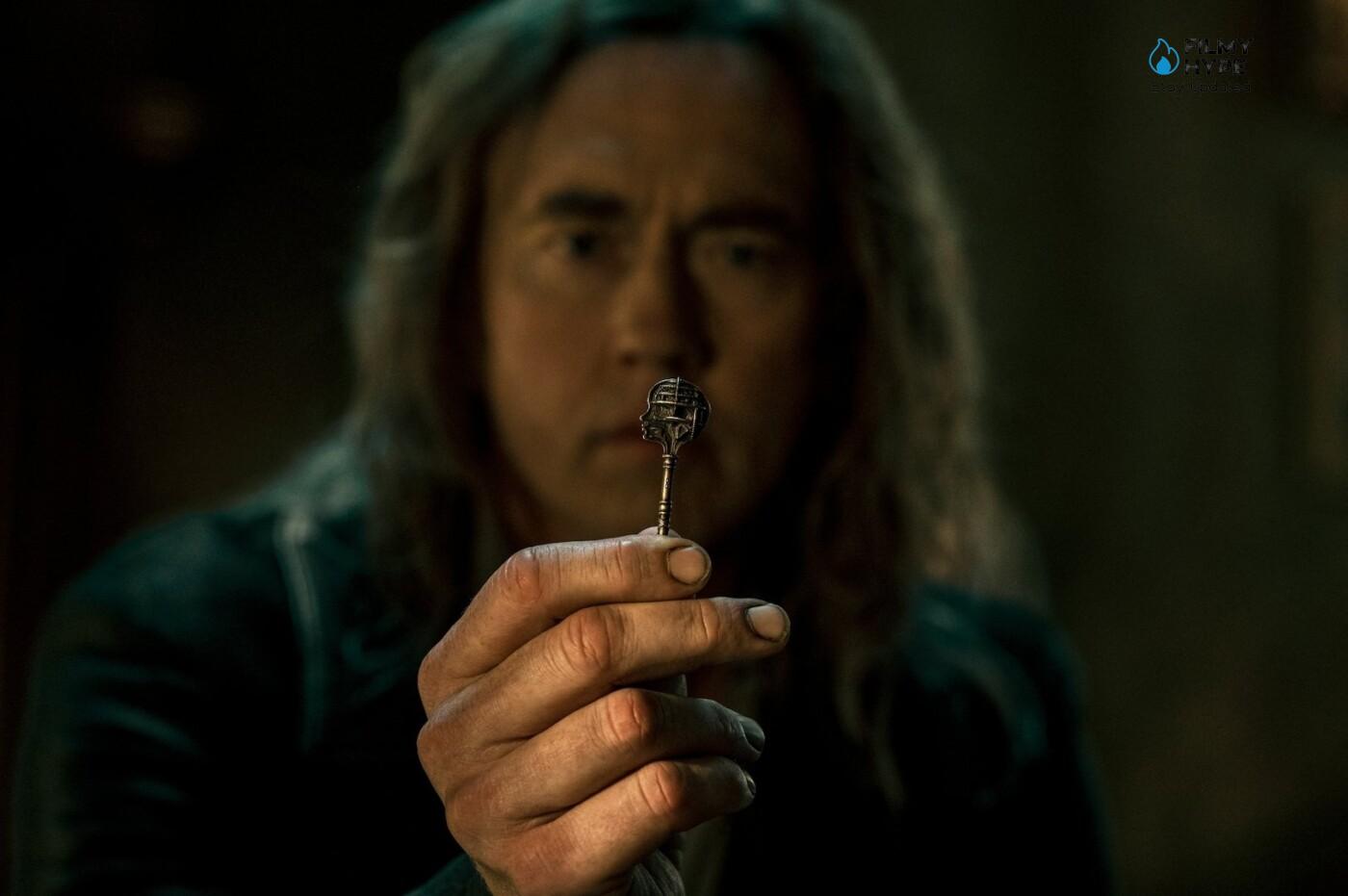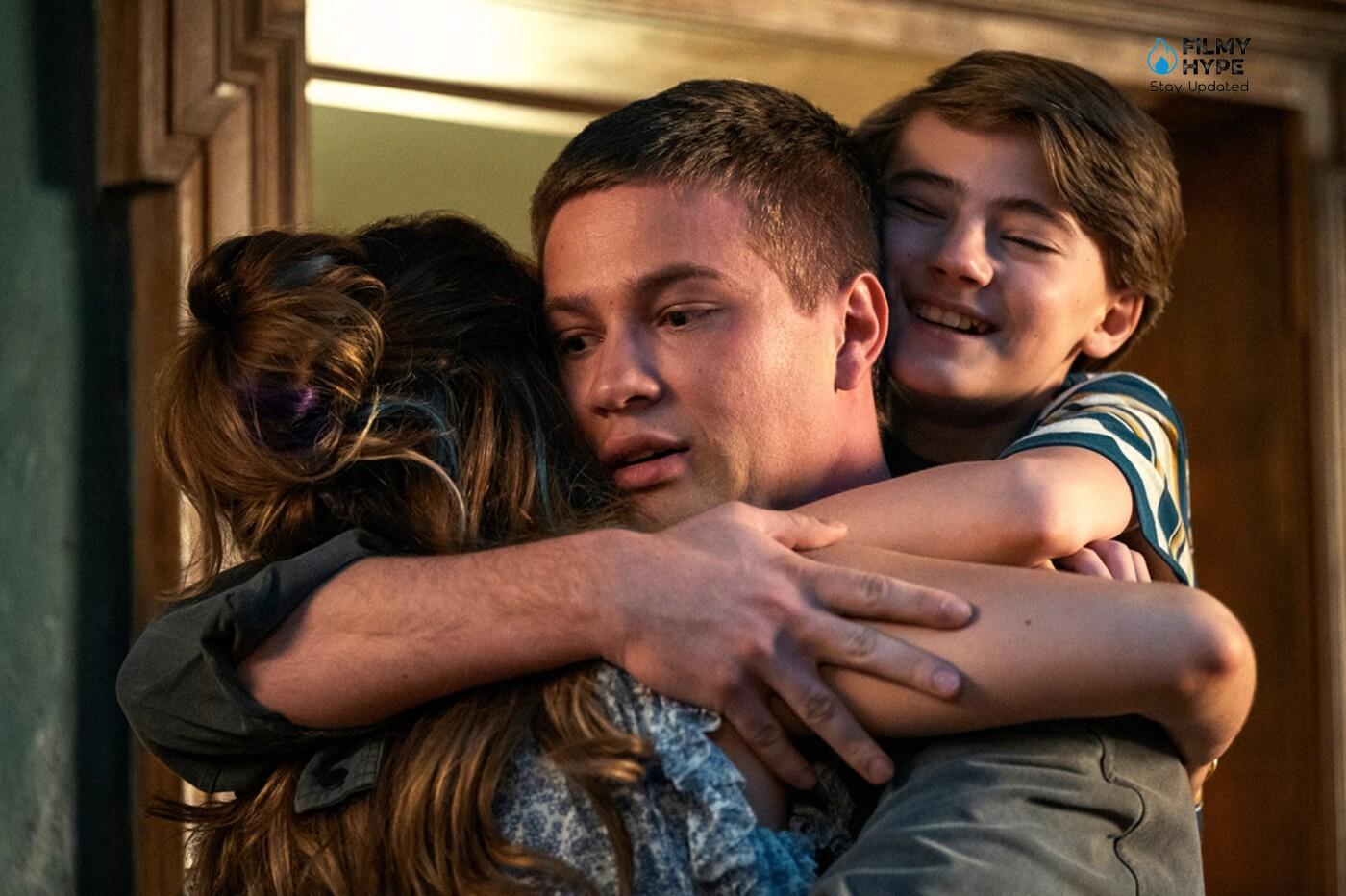Locke & Key Season 3 Review: No More Keys, No More Keyhouse! Last Season That Does Not Find The Right Key
Cast: Darby Stanchfield, Connor Jessup, Emilia Jones, Jackson Robert Scott
Creators: Meredith Averill, Aron Eli Coleite, Carlton Cuse
Streaming Platform: Netflix
Filmyhype.com Ratings: 3/5 (three stars) [yasr_overall_rating size=”large”]
Locke & Key Season 3, the final season from August 10 on Netflix, we arrive at the epilogue of the series that began after postponements, changes and production difficulties two years ago. A series that since the inaugural cycle has decided to take the starting paper material, born from the pen of Joe Hill and the pencils of Gabriel Rodriguez, a family history that is a crude critique of American society, and makes it a teen series with supernatural elements. If you have already set foot in the fantastic and picturesque town of Matheson, Massachusetts, you know that a whisper of magical voices is an omen or “sinister” sign that, from the dark world represented in Locke & Key, new witch keys are about to arrive.

What you still don’t know is that Locke & Key Season 3 will try to make you live an ending of the story always using the versatile expedient of the keys, which concerns the diegesis, which this time open doors to new worlds: the realm of spirits, the universe of the psyche. human, the one for time travel. The final season of the American series was created by Joe Hill, a product that blends fantasy and drama with thriller and horror elements, based on Hill’s comic of the same name, adapted among others by Carlton Cuse (Bates Motel).
Locke & Key Season 3 Review: The Story
In the second season review, we talked about a dark tale for grown children. In this third season, the “dark” atmospheres become more and more rarefied, and we are faced with a “fairytale” suitable for all ages but above all for families with children in middle school. A decline that starts during the second season and continued episode after episode through choices that aim to purge the events of every attempt at depth.
The path taken by the bad guys is emblematic in this sense. In the first season, the inevitable enemy was embodied by the seductive Layla De Oliveira, in the second season it was classmate Gabe played by Griffin Gluck. In this third season the villain is Gideon (Kevin Durand), a red jacket from the past, summoned by Dodge, a powerful demon with smoky and inconsistent plans whose sole purpose is to haunt the Locks. A classic villain that never sinks, because it is not necessary for the story and that between deep voice and scruffy look is built only to destabilize. Too bad, however, that it is not a side plot but the engine of the season’s action.
The second cycle of episodes of the serial show ended with a chapter eloquently titled “Cliffhanger,” which ties into our return to Keyhouse. We return to the ancestral home of Locke to follow the brothers Tyler, Kinsey and Bode to the place where they moved with their mother Nina after the death of their father, which occurred in mysterious circumstances. The historic family home is in Lovecraft, in which we are greeted disastrously by the first sequence in strong colors (which contains fantasy clichés and boring references to other works). This enchanted mansion is the true protagonist of Locke & Key, who, like an opera character, manages to influence the events involving the cast with her many secrets and references. In Season 3, the Lockes discover several new keys (including the Snow Globe Key).

As always, each key gives the wielder a new superpower, but it is also mysteriously linked to the disappearance of the head of the family and to an evil entity named Dodge, capable of assuming different appearances and voices depending on the fears of those who have it. front. The keys are important because they can help the Lockes win the battle against the demon Gideon, who first uses two women with supernatural strength, then makes his direct entrance to Keyhouse.
Locke & Key Season 3 Review and Analysis
We often had the impression of reviewing shots or scenes seen elsewhere, and even the developments are lacking in originality. We find old knowledge and discover new keys – these ancient artifacts that simply exist -, such as that of creation and the Timeshift key, the latter will play a fundamental role in the whole story: anyone who uses it will be able to witness events of the past. We therefore also meet the topos of time travel (a classic of fantastic fiction), although the last cycle of episodes retains a good level as regards the soundtrack, the settings (with the exteriors made almost entirely using CGI technology), the use of special effects and an image in which warm colors predominate.
Locke & Key appears to us as a mix of drama and good feelings contained in an ordinary product, which doesn’t have much to say. And the ending is no exception. In the sequences filmed to say goodbye to the viewer, special effects and monsters of creation in the literal and non-literal sense predominate. Here Joe Hill fixes his mind: magic only provides us with illusions; and illusions make people do terrible things: they cause death, suffering and pain. The escalation of special effects, the spectacle within the spectacle – the self-reflective dimension that crosses this product from one end to the other and the infinite possibilities inherent in a key of creation (which could fall into the wrong hands) reduce “the importance of magic” in an ending that resonates with a gratifying monotony.
We are facing eight episodes made to close and to conclude as simple, peaceful, obvious and not as controversial as possible. A clear and banal path to make the effort made to follow the series and the episodes of the third season in vain. The impression is that everyone was eager to move on to a new project by the authors, who despite everything said had told the story they wanted, to the actors. Listless and constantly over the top Darby Stanch field as mom Nina, the attempt to give Tyler (Connor Jessup) a standalone storyline quickly falls apart. The life of the protagonists disappears completely, now engaged only in fighting the villain. As well as the soul of the series, the magic keys, they end up being just an element of the story, losing that metaphorical aspect of their functions that was a characteristic of it.

The third and final season of Locke & Key focuses precisely on the adventurous aspect of the story told and on the elaboration of the family’s mourning, which will come to “fulfillment” (even if it can never really be) allowing the various members to find their balance and place in the world, deciding what to do with Keyhouse, the keys and the Locke legacy for posterity. Ghosts (literal) will return from Locke’s past such as Sam, the person responsible for Rendell’s death; the centuries-old history of Keyhouse and the Locke ancestors will once again be reiterated, along with Rendell and Ellie’s group of theater friends in the 90s, and what their gang combined with whispering iron. A return to the origins that squeezes the eye to the original comic but now he takes a different and autonomous path. It is evident, however, that on the one hand, the story had nothing more to say on the screen and therefore it was better to close it with the “three seasons rule” but at the same time, the story was cut off in the bud when all the past of the Locke and their present fact of unresolved traumas still had a lot to say if it had been more inspired by the paper counterpart.
Locke & Key Season 3 Review: The Last Words
Locke & Key Season 3 is aware that the path taken by the authors of the Netflix series deviates from the horror and rawness of the original comic, both in terms of content and visuals, opting for a more adolescent target and a photograph more colorful and adventurous film from the 90s to the end, with the Lockes confronted with the demons and ancestors of their past and the legacy that Rendell left to them, having to decide what to do with them for posterity.




